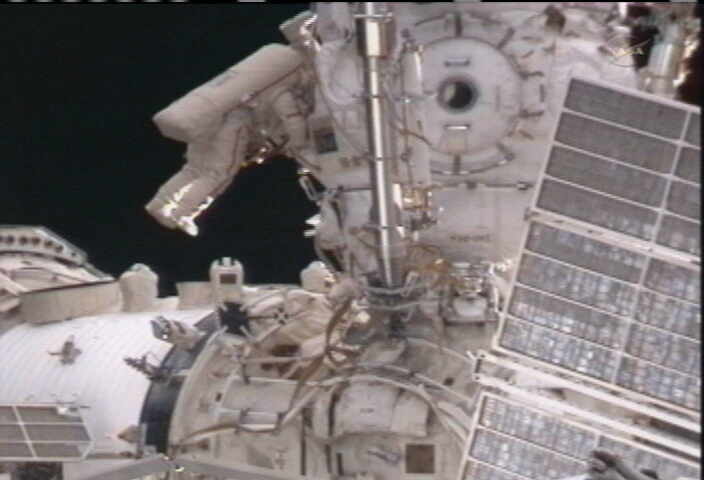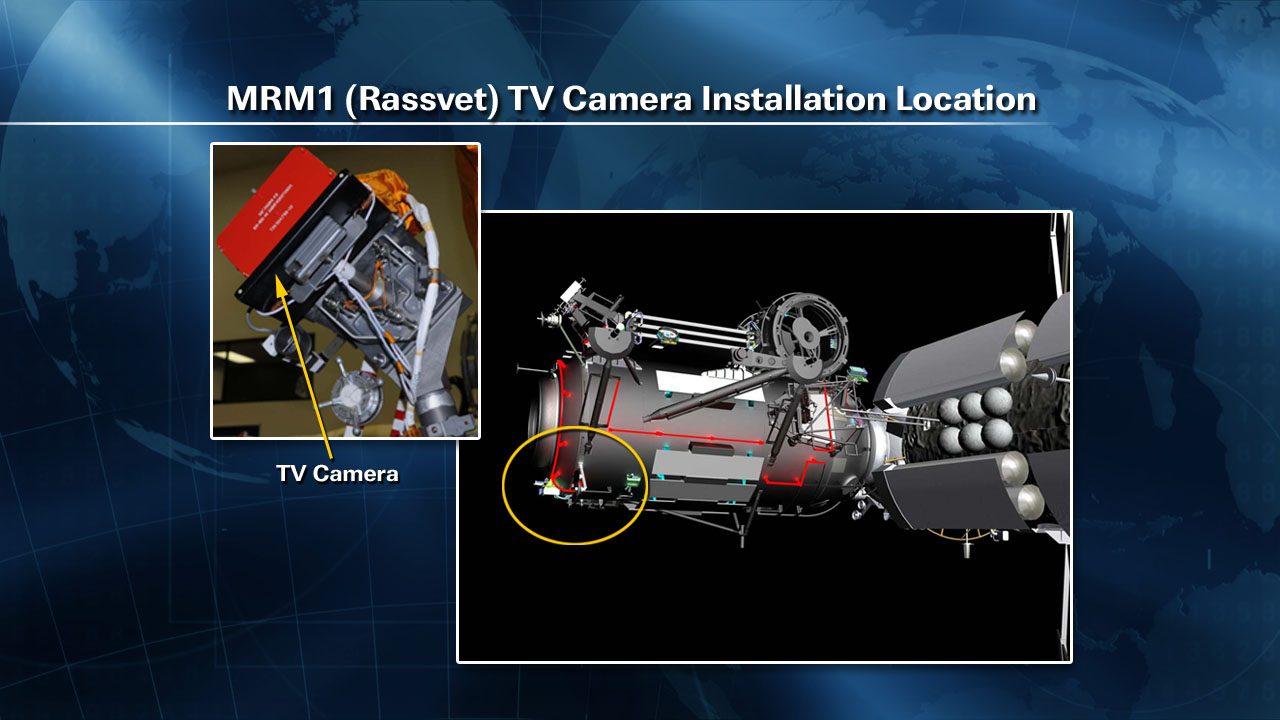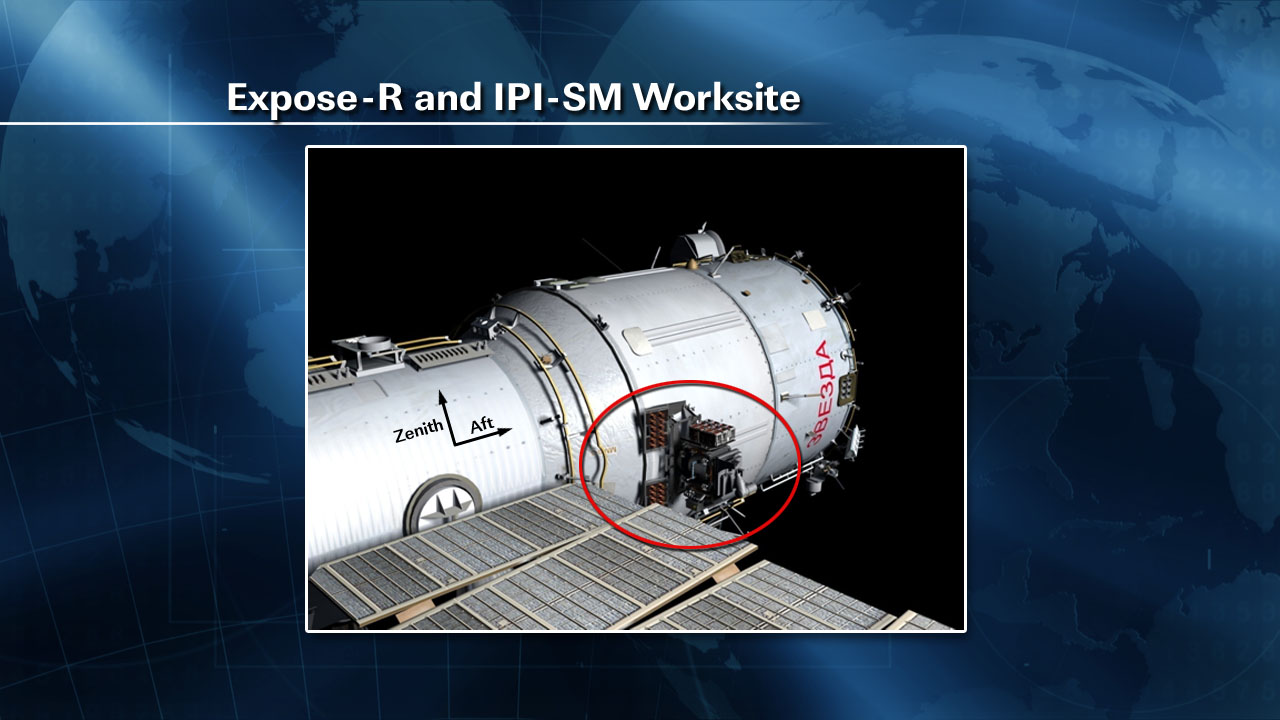Russian Spacewalkers Upgrade International Space Station

This story was updated Jan. 21 at 4:15 p.m. EST.
Two Russian cosmonauts ventured outside the International Space Station today (Jan. 21) to install a television camera and radio transmission system, and complete other tasks to prepare the station for future assembly and experiment work.
The two Expedition 26 flight engineers, Dmitry Kondratyev and Oleg Skripochka, worked on the exterior of the space station for a total of 5 hours and 23 minutes, completing all the scheduled tasks with no significant difficulties. The spacewalkers exited the station's Pirs docking compartment airlock at 9:29 a.m. EST (1429 UTC).
Kondratyev and Skripochka first installed an experimental Russian radio transmission system, then retrieved two scientific experiments and installed a TV camera on the Rassvet mini-research module that will assist in future dockings of vehicles to that port.
The spacewalk was Kondratyev's first, but Skripochka's second outing. Skripochka completed his first spacewalk on Nov. 15, 2010 – an excursion that lasted six hours and 27 minutes. [FAQ: How Do Astronauts Take Spacewalks?]
While Kondratyev and Skripochka worked outside, space station commander Scott Kelly and cosmonaut Alexander Kaleri stayed in the Russian Poisk module, and sealed the hatches between the Poisk and Zvezda modules. This protected against the unlikely possibility of a sudden station depressurization, and also enabled the forward portion of Zvezda to be used as a backup airlock if necessary.

The other station crewmembers, Cady Coleman and Paolo Nespoli, continued their work in the station's U.S. segment and had access to their Soyuz 25 spacecraft, which is docked to the Rassvet module, throughout the duration of the spacewalk.
Get the Space.com Newsletter
Breaking space news, the latest updates on rocket launches, skywatching events and more!
Spacewalking tasks
The first task for the spacewalking duo was to deploy an antenna for the new high-speed data transmission system, which is designed to enable large data files to be transmitted using radio technology at a speed of about 100 megabytes per second.
After struggling a bit to remove the protective covering, the spacewalkers made quick work of installing the antenna and connecting the corresponding cables to the computer systems inside the station. Kondratyev then discarded the antenna's protective cover and a cable reel by jettisoning them into space. The debris will be tracked by radar systems but will not pose a threat to the arriving Japanese cargo ship that is scheduled to launch to the space station early Saturday (Jan. 22) at 12:37 a.m. EST (0537 UTC)
Next, Kondratyev and Skripochka removed an old plasma pulse experiment and temporarily stowed it while they continued their work. The spacewalkers also removed a joint Russian and European Space Agency package that contains a number of material samples that have been left open to the space environment for research since 2008. Once inside the station, three cassettes from this experiment, called Expose-R, will be taken out, sealed and carried back to Earth on a returning Soyuz for analysis.
After removing and stowing the experiments, Kondratyev and Skripochka made the long trek to their next work site on the Russian Rassvet module. The duo had to navigate a total of 52 handrails, but needed to rest periodically to relieve the stress on their muscles from the pressurized spacesuits.

During a previous Russian spacewalk in November, crewmembers had trouble installing a new docking camera on the Rassvet module due to interference with layers of insulation adjacent to the camera mount. On this outing, Kondratyev and Skripochka used a special cutter to rip the threads on some of the insulation material to allow full access to the camera mount.
Once they installed the camera, they connected cables to a pre-wired connector that routes the video into the space station. The camera will be used to assist with Soyuz and Progress dockings and will provide additional views for remote-control operations when manual dockings are necessary.
Upon completion of this task, Kondratyev and Skripochka carefully made their way back to the Pirs docking compartment airlock. The spacewalkers successfully completed the day's tasks ahead of schedule, clocking 5 hours and 23 minutes of work on the exterior of the station. The hatch of the airlock was closed at 2:52 p.m. EST (1952 UTC), signaling the end of the spacewalk.
Future spacewalks
Kondratyev and Skripochka are scheduled to conduct another spacewalk on Feb. 16. For that excursion, the crew will focus on installing two more scientific experiments on the Zvezda module. The first is called Radiometria, and is designed to collect information useful in seismic forecasts and earthquake predictions. The second is Molniya-Gamma, which will look at gamma splashes and optical radiation during terrestrial lightning and thunderstorm conditions using three sensors.
They will also retrieve two Komplast panels from the exterior of the Zarya module, and deploy a small satellite named ARISSat-1. The panels contain materials exposed to space, and are part of a series of international experiments looking for the best materials to use in building long-duration spacecraft.
You can follow SPACE.com Staff Writer Denise Chow on Twitter @denisechow.
Join our Space Forums to keep talking space on the latest missions, night sky and more! And if you have a news tip, correction or comment, let us know at: community@space.com.

Denise Chow is a former Space.com staff writer who then worked as assistant managing editor at Live Science before moving to NBC News as a science reporter, where she focuses on general science and climate change. She spent two years with Space.com, writing about rocket launches and covering NASA's final three space shuttle missions, before joining the Live Science team in 2013. A Canadian transplant, Denise has a bachelor's degree from the University of Toronto, and a master's degree in journalism from New York University. At NBC News, Denise covers general science and climate change.









